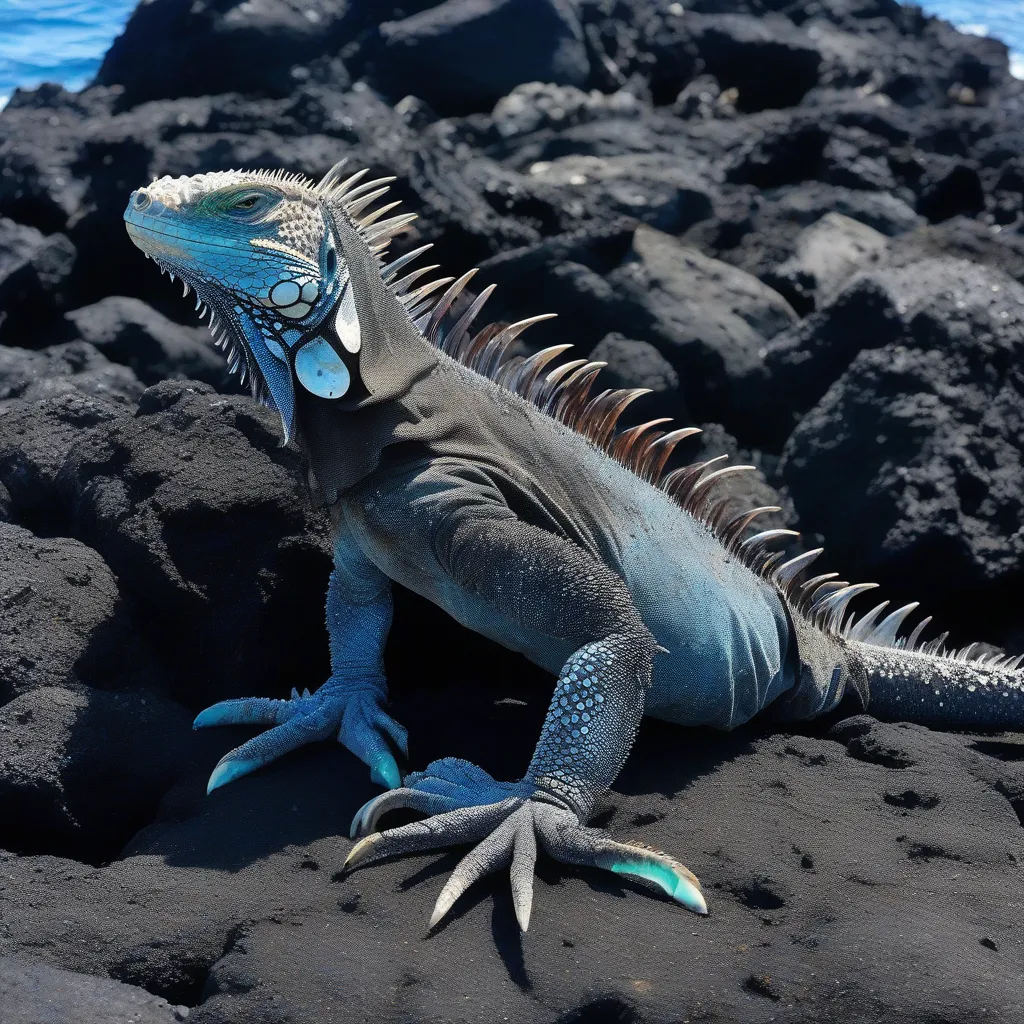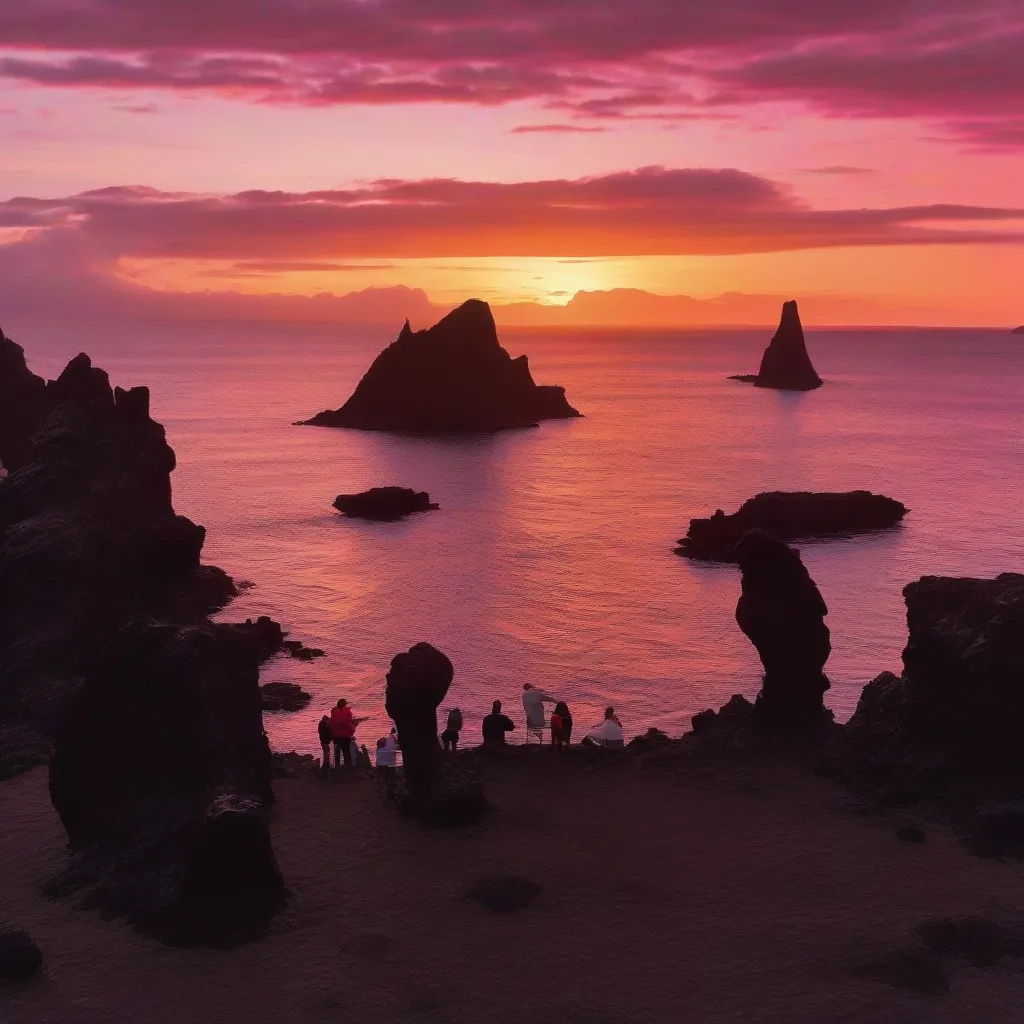“The world is a book and those who do not travel read only one page,” so said Saint Augustine. Never have I felt the truth of those words more keenly than when I, armed with just my backpack and a thirst for adventure, embarked on a solo trip to the Galapagos Islands. This archipelago, famed for its unique wildlife and pristine landscapes, had always felt like a distant dream. Now, the dream was real, and I was about to turn the page on an unforgettable chapter.
Planning My Independent Galapagos Adventure
Like any journey worth taking, a DIY Galapagos trip requires careful planning. The islands’ fragile ecosystem necessitates controlled tourism, making independent travel a bit more challenging but infinitely more rewarding.
Booking Flights & Accommodation
Several airlines fly to the Galapagos from mainland Ecuador. I snagged a reasonably priced flight from Guayaquil to Baltra Island, comparing prices online to find the best deal. For accommodation, I opted for a mix of cozy guesthouses and eco-lodges, each offering a unique taste of local life. Booking in advance is crucial, especially during peak season (June-August and December-January).
Choosing My Island Hopping Route
The Galapagos archipelago comprises 13 main islands and numerous smaller islets, each boasting its own ecological marvels. For my 10-day itinerary, I decided to focus on three:
1. Santa Cruz Island: Home to the Charles Darwin Research Station, vibrant Puerto Ayora, and the incredible Los Gemelos craters.
2. Isabela Island: Renowned for its volcanic landscapes, stunning beaches, and encounters with marine iguanas and giant tortoises.
3. San Cristobal Island: A haven for birdwatchers, offering glimpses of blue-footed boobies, frigatebirds, and even the endemic Chatham mockingbird.
Obtaining Necessary Permits
Upon arrival at the airport in Baltra, I paid the $100 Galapagos National Park entrance fee (cash only!) and secured my transit control card, mandatory for inter-island travel.
Stepping into a Wildlife Wonderland
My first encounter with the islands’ iconic wildlife came before I even left Baltra airport. A marine iguana, unfazed by the human bustle, lounged in the shade, a stark reminder that in the Galapagos, nature reigns supreme.
Enchanting Encounters on Santa Cruz
In Puerto Ayora, playful sea lions frolicked in the harbor, seemingly unperturbed by the tourists snapping their photos. A visit to the Charles Darwin Research Station provided invaluable insights into the islands’ fragile ecosystem and the ongoing conservation efforts. Hiking to the Los Gemelos craters, twin volcanic formations draped in lush greenery, was a surreal experience.
Volcanic Vistas and Beach Bliss on Isabela
Isabela Island, the largest in the archipelago, captivated me with its raw beauty. Hiking to the rim of Sierra Negra volcano, I felt dwarfed by the immense caldera, a testament to the earth’s untamed power. Relaxing on the pristine white sands of Tortuga Bay, sharing the beach with marine iguanas and playful sea lions, felt like stepping into a wildlife documentary.
Avian Adventures on San Cristobal
San Cristobal, with its dramatic cliffs and turquoise coves, was a paradise for birdwatchers. At Punta Pitt, I watched in awe as blue-footed boobies performed their comical mating dance, their bright blue feet a stark contrast to the volcanic landscape. Snorkeling off Kicker Rock, I found myself surrounded by playful sea lions, graceful rays, and schools of colorful fish.
 Marine Iguana on Volcanic Rocks
Marine Iguana on Volcanic Rocks
Tips for the Independent Galapagos Traveler
Navigating the Galapagos independently is an adventure in itself, and a little preparation goes a long way. Here are some tips based on my experience:
- Pack for all occasions: The Galapagos weather can be unpredictable, so pack layers, including a rain jacket, a hat, and sturdy walking shoes.
- Respect the wildlife: Keep a safe distance from animals and never attempt to touch or feed them. Remember, you’re a visitor in their home.
- Support local businesses: Opt for locally owned guesthouses, restaurants, and tour operators to contribute to the islands’ sustainable tourism.
- Learn basic Spanish: While English is spoken in tourist areas, knowing some basic Spanish will enhance your interactions with locals.
The Galapagos: A Journey of a Lifetime
My independent trip to the Galapagos Islands was more than just a vacation; it was a life-changing experience. It taught me the importance of conservation, the power of nature, and the joy of embracing the unknown. As I boarded my flight back to the mainland, I carried with me not just souvenirs and photographs but a newfound appreciation for the fragility of our planet and the importance of preserving its wonders for generations to come.
Frequently Asked Questions:
Q: Is it cheaper to travel to the Galapagos independently or on a tour?
A: Traveling independently can be more budget-friendly, allowing you to choose your accommodation, food, and activities. However, tours often include the cost of flights, accommodation, meals, and guided excursions, which can be convenient, especially for shorter trips.
Q: Do I need to speak Spanish to travel independently in the Galapagos?
A: While English is spoken in tourist areas, knowing some basic Spanish will be helpful, especially when interacting with locals in less touristy areas.
Q: What is the best time of year to visit the Galapagos?
A: The Galapagos Islands can be visited year-round, each season offering a unique wildlife spectacle. The warm and wet season (December – May) is ideal for snorkeling and spotting marine life, while the cooler and drier season (June – November) is perfect for hiking and observing land animals.
Q: What currency is used in the Galapagos?
A: The official currency is the US dollar. It’s advisable to carry small denominations, as larger bills can be difficult to change.
Q: Is it safe to travel solo in the Galapagos?
A: The Galapagos Islands are generally very safe for solo travelers. However, like any destination, it’s essential to exercise caution, safeguard your belongings, and be aware of your surroundings.
 Galapagos Sunset
Galapagos Sunset
For more travel tips and inspiration, visit travelcar.edu.vn. We offer a wealth of information on planning your dream trip to the Galapagos Islands and beyond.